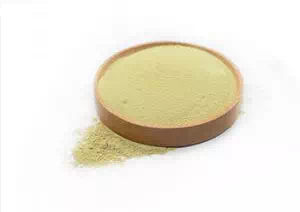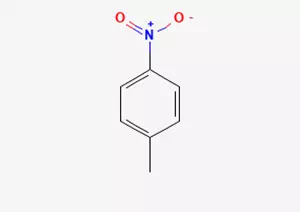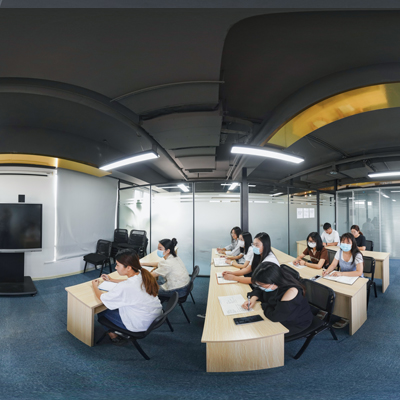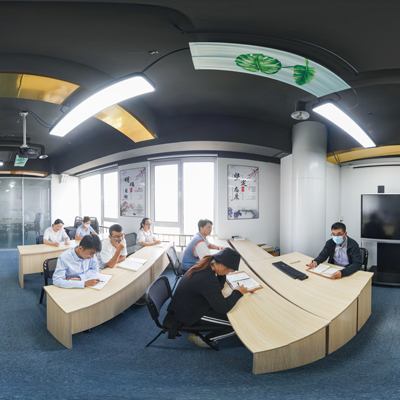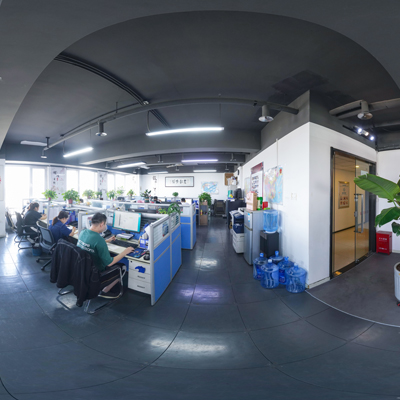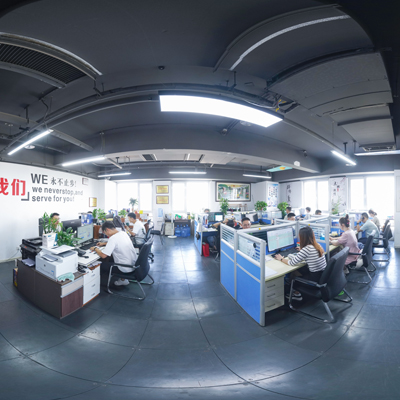4-Nitrotoluene CAS 99-99-0 Information
| CAS |
99-99-0 |
| Molecular formula |
C7H7NO2 |
| Molecular weight |
137.14 |
| EIENCS |
202-808-0 |
| Form |
Crystalline Solid |
| Melting point |
52-54 °C (lit.) |
| boling point |
238 °C (lit.) |
| Density |
1.392 g/mL at 25 °C (lit.) |
| Solubility |
|
| PKA |
11.27 (Perrin, 1972) |
| Color |
Yellow |
| Storage temp |
|
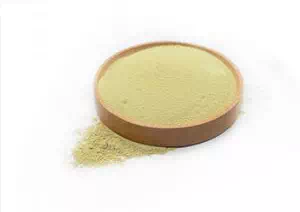
What is 4-Nitrotoluene CAS 99-99-0?
Molecular formula: C₇H₇NO₂, molecular weight 137.14 g/mol.
Appearance: Pale yellow crystalline powder (pure product is colorless), with a faint aromatic odor.
Key physical properties:
Melting point: 51.9-54℃
Boiling point: 238℃ (at normal pressure)
Density: 1.392 g/cm³ (25℃)
Flash point: 106℃ (Closed cup, flammable solid)
Refractive index: n²⁰/D = 1.5382.
Solubility: Insoluble in water (0.35g /L, 20℃), readily soluble in ethanol, ether, benzene and chloroform.
Stability: Stable at room temperature, but may explode when heated or exposed to strong oxidants (such as nitric acid). It reacts vigorously with strong reducing agents and strong alkali.
4-Nitrotoluene CAS 99-99-0 Use
Synthesis of industrial intermediates
Dyes and pigments: Synthesis of p-toluidine (dye intermediate) and DSD acid (fluorescent brightener).
Polyurethane materials: Producing toluene diisocyanate (TDI), which is used in foam plastics and coatings.
Pesticides and pharmaceuticals: Manufacturing herbicides (such as dinitrotoluene) and drug intermediates (such as the antimalarial drug primaquine).
2. Functional chemicals
Explosive precursor: A raw material used in the synthesis of military explosives (such as TNT).
Polymer additives: Improve the dyeability and weather resistance of synthetic fibers (such as nylon).
4-Nitrotoluene CAS 99-99-0 safety
Health risk
Acute toxicity
The oral LD₅₀ of rats was 1960 mg/kg (moderately toxic), and the percutaneous LD₅₀ was >16 g/kg (low risk of skin absorption).
Exposure symptoms: Irritation to the eyes and respiratory tract. Inhalation can cause methemoglobinemia (cyanosis, breathing difficulties), and in severe cases, it can be fatal.
Carcinogenicity: Classified as Group 3 by the WHO IARC (insufficient evidence of carcinogenicity to humans).
Operation and Storage
Protective requirements
Respiratory system: Dust mask (routine operation) or air respirator (leak handling).
Body protection: anti-toxic suit, chemical protective gloves (oil-resistant rubber), goggles.
Storage conditions
Cool and well-ventilated warehouse (≤25℃), sealed and light-proof, isolated from oxidants/reductants.
Transport hazardous chemicals in accordance with UN 3446 (Class 6.1 /PG II) and affix the "Toxic" label.
Environmental risk
Aquatic toxicity: Carp LC₅₀ = 74 mg/L (48 hours), causing long-term harm to water bodies (R51/53).
Waste disposal: Incineration is used for treatment. Wastewater discharge is strictly prohibited.
Deshangchemical Info
- ● Comgpany name : Shandong Deshang Chemicals Co., Ltd.
- ● Main products : Treatments, sedimentation agents, flame retardants, catalysts, matte pigments, talcum powder, PVC additives, antifreeze agents, cellulose, cleaning agents, coconut oil, hydroxyethyl, cosmetics, matte agents, betaine, disinfectants, photosensitizers, humidifying agents, blue pigments, curing agents, potassium formate, sodium formate, cyclohexanol, preservatives, grinding aids.
- ● Date of establishment : 2022-03-11
- ● Total Employees : 200+
- ● Registered capital: 10000000 RMB
Service
* Prompt reply and 24 hours online, professional team to provide best price and high quality product.
* Sample testing support.
* Every batch of products will be tested to ensureits quality.
*The packing also can be according the customers` requirment.
*Any inquiries will be replied within 24 hours.
*we provide Commerical Invoice, Packing List, Bill of loading, COA , Health certificate and Origin certificate. If your markets have any special requirements, let us know.


